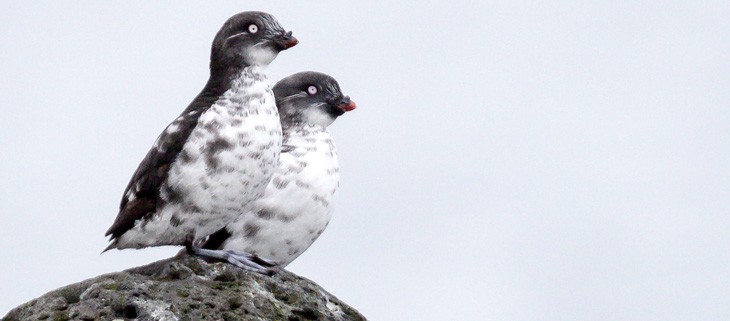March 11, 2025
Press Release: New eDNA Tool Can Detect Invasive Rodents Within an Hour
New environmental DNA technology can help protect vulnerable island ecosystems from destructive invasive species.
We use cookies to help you navigate efficiently and perform certain functions. You will find detailed information about all cookies under each consent category below.
The cookies that are categorized as "Necessary" are stored on your browser as they are essential for enabling the basic functionalities of the site. ...
Necessary cookies are required to enable the basic features of this site, such as providing secure log-in or adjusting your consent preferences. These cookies do not store any personally identifiable data.
Functional cookies help perform certain functionalities like sharing the content of the website on social media platforms, collecting feedback, and other third-party features.
Analytical cookies are used to understand how visitors interact with the website. These cookies help provide information on metrics such as the number of visitors, bounce rate, traffic source, etc.
Performance cookies are used to understand and analyze the key performance indexes of the website which helps in delivering a better user experience for the visitors.
Advertisement cookies are used to provide visitors with customized advertisements based on the pages you visited previously and to analyze the effectiveness of the ad campaigns.
Looking to make an impact this Earth Month? Here’s how.

Last fall, an unwelcome hitchhiker—an individual invasive rat—made its way onto St. Paul Island, Alaska, one of the Pribilof Islands.
The Pribilof Islands are home to more than 3 million nesting birds and are considered one of the most important seabird nesting sites in the Bering Sea. The introduction of one invasive rat might not sound concerning, but if that rat were to be a pregnant female, it could quickly escalate into a major threat. Lauren Divine, director of the Ecosystem Conservation Office at Aleut Community of St. Paul Island explained:
Rats have such a potential to invade and change the ecosystem in a way we’d never recover from.”

To protect native wildlife and prevent the spread of more invasive rats, personnel from the U.S. Fish and Wildlife Service, ECO, USDA Wildlife Services, and Island Conservation came together to form a “strike team” in search of the invasive rat. The team set up cameras and traps throughout the island in hopes of finding the individual, but for ten long months, the team had no such luck.
That is, until last week when a visiting birder found the invasive rat dead. A sigh of relief has rushed over St. Paul Island. Although monitoring will continue for a few months to ensure that no other rats remain.
Featured photo: Two Least Auklets on St. Paul Island. Credit: Tom Wilberding
Sources:
The New York Times
KTUU
Check out other journal entries we think you might be interested in.
Notifications